… and books by African authors
Here are a few recommendations on books on African matters.
– texts to follow –
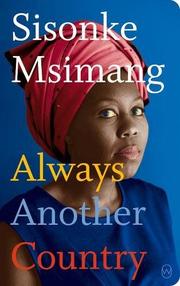

… and books by African authors
Here are a few recommendations on books on African matters.
– texts to follow –

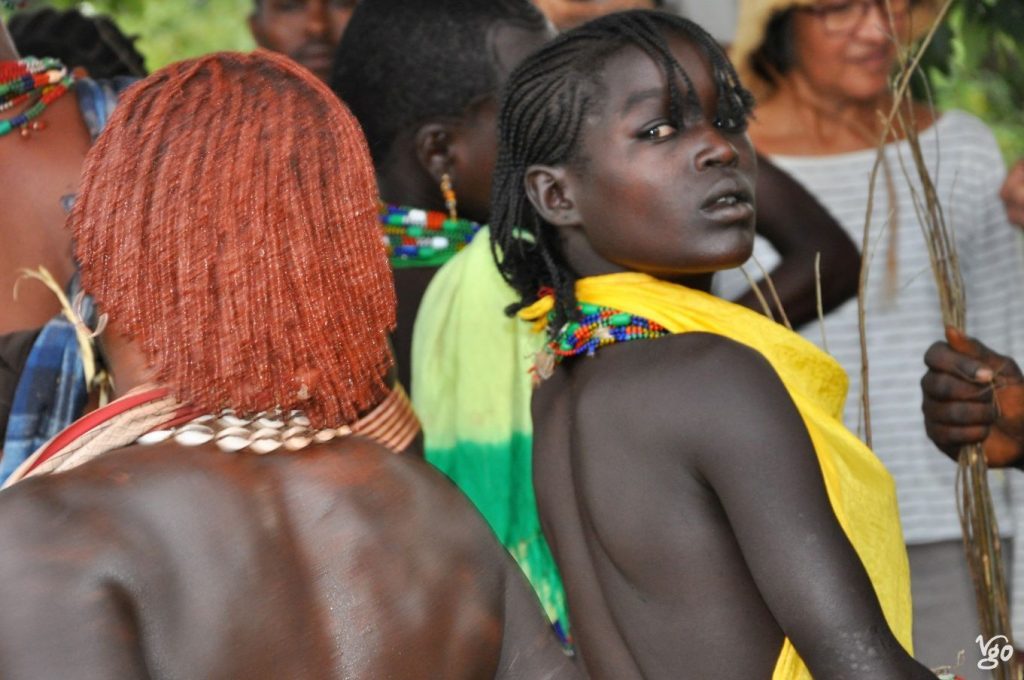 What happens? A few young boys take up some rods, smoothen them (I guess so they don’t break), and then whip across the arms or the back of women, preferably in such a way that the skin breaks, leaving a bloody streak that will turn into a scar. It’s referred to as “culture” (here Banna, and likewise Hamer), and leaves the woman proud. Maybe for her capacity of endurance (as if they didn’t show it every day), her sacrifice for “culture”, and so on. After careful consideration I still see in it a way of making women obedient, and training young boys in the “art” of domestic violence, or so. Explain it in whichever way you like, since the ritual has no male equivalent (just as female genital mutilation has no real male equivalent) I find it not acceptable.
What happens? A few young boys take up some rods, smoothen them (I guess so they don’t break), and then whip across the arms or the back of women, preferably in such a way that the skin breaks, leaving a bloody streak that will turn into a scar. It’s referred to as “culture” (here Banna, and likewise Hamer), and leaves the woman proud. Maybe for her capacity of endurance (as if they didn’t show it every day), her sacrifice for “culture”, and so on. After careful consideration I still see in it a way of making women obedient, and training young boys in the “art” of domestic violence, or so. Explain it in whichever way you like, since the ritual has no male equivalent (just as female genital mutilation has no real male equivalent) I find it not acceptable.
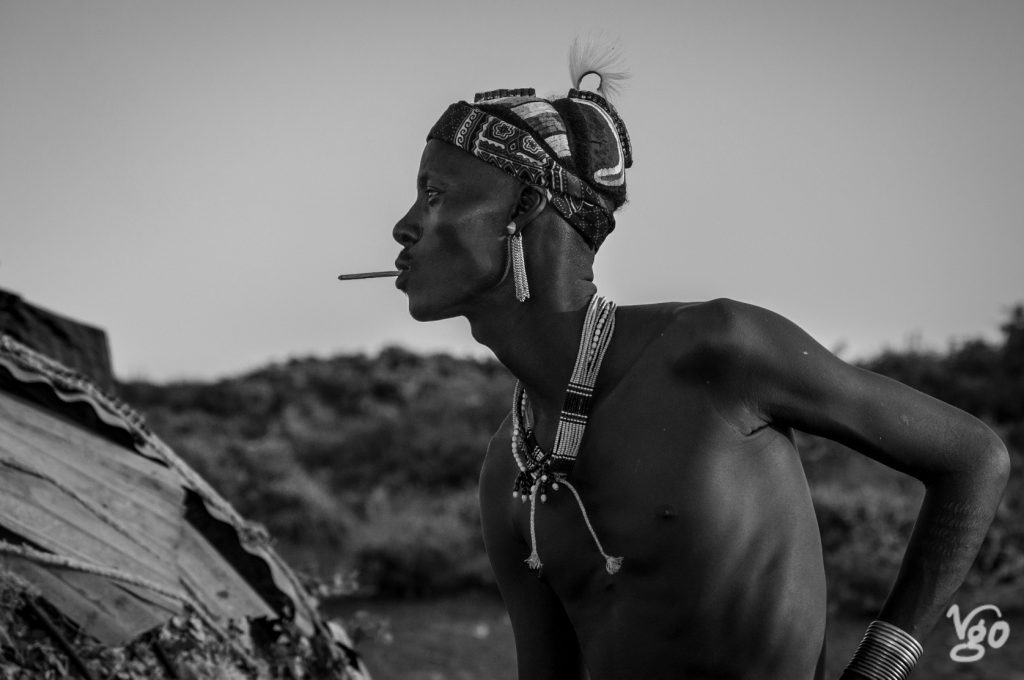
The Daasanach live on both sides of the Ethiopian-Kenyan border. If they want to cross into Kenya, the removed lower front teeth are their passport. I crossed the Omo at Omorate with my guide Gabriel and his friend to reach the nearest village just before sunset, and it was a very enjoyable visit. No other tourists, the kids enjoyed my mbira again, and since I handed my camera to Gabriel’s friend I could freely move about and people cared less about me. Less posing as well. Things must have been similar to the Mursi situation until a while ago, but now the arrangement is such that visitors pay a flatrate of 200 Birr (ca $7.50) to take pics. The German lawyer who gave me a lift the next day had been to the very same village in the morning, in a crowd of tourists. He said that as much as he loves photography, he found the village arranged in such a way that half-naked women were sat outside their huts staring into the distance apathetically, and he refrained from taking any pictures at all. My experience was totally different. I was able to interact with the people to a degree, and I am very grateful to Gabriel’s friend for the pics he took – he’s a natural photographer, I must say. And I find the Dassenach are amongst the most beautiful people I’ve ever seen.
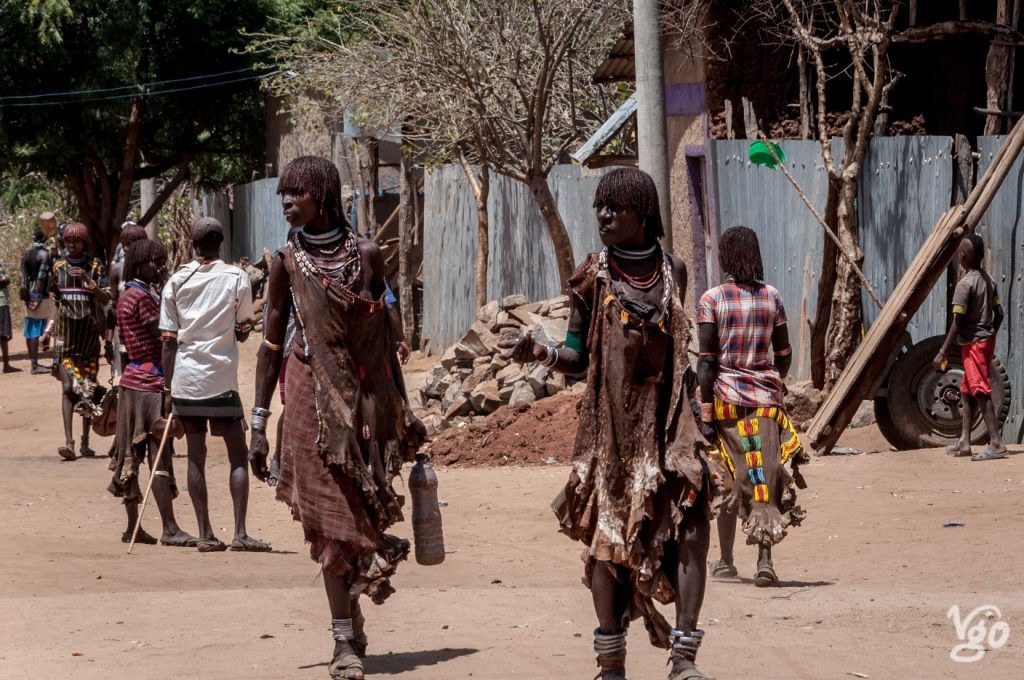
Turmi is primarily a crossroad. A big, dusty roundabout connects Ethiopia’s south-western corner with the rest of the country. While the roads coming in from the north, east and west are dust tracks, the one leading further south to Omorate becomes a perfect tarmac road some five kilometres out of town.
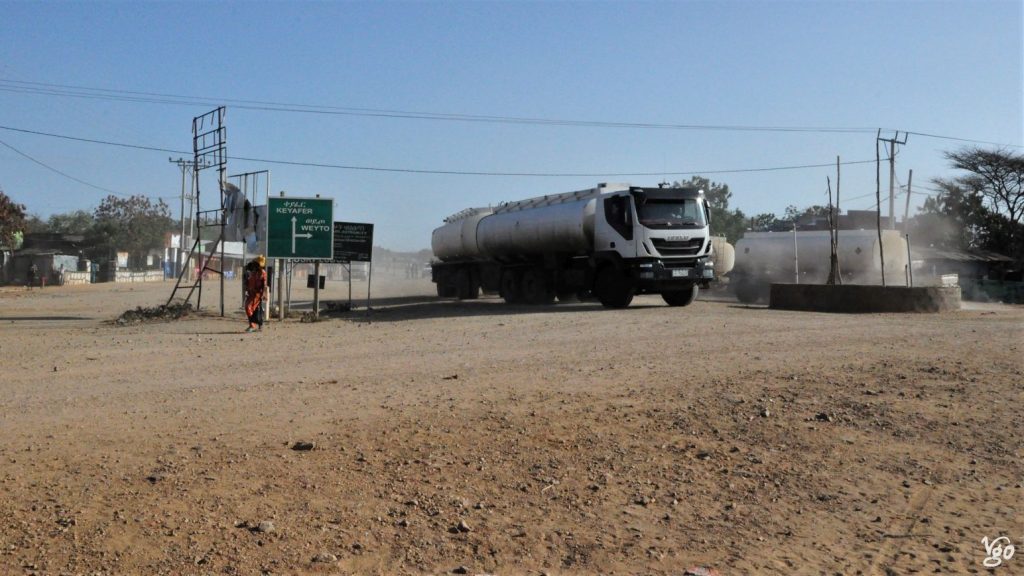
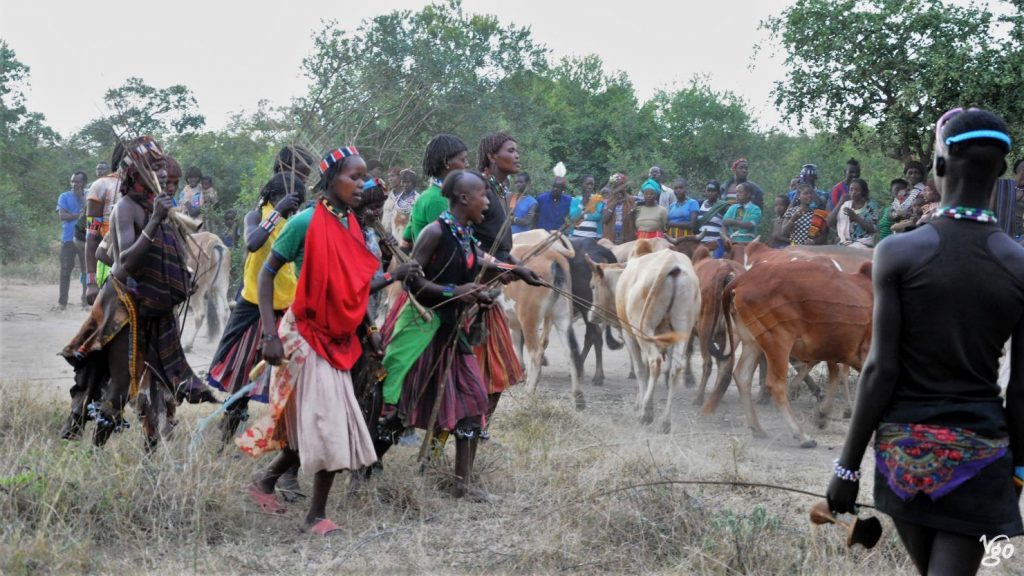
Thursday is market day in Keyafer – travelling here is usually organized around market days, one: because you get to see and meet what, i.e. who has put the region on the map, and two: actual traffic between places is often limited to market days in one of them. In other words: there may be a bus (as in: one bus) from A to B on a market day in either A or B.
Circa 7,500 strong, the Mursi are amongst the most iconic African tribes, and famous especially for the ceramic plates (some) women wear in their lower lips. To this day they live in fairly remote areas some two hours across dust track from Jinka, the southernmost town that has an ATM in Ethiopia’s Southern Nations, Nationalities, and People’s Region.
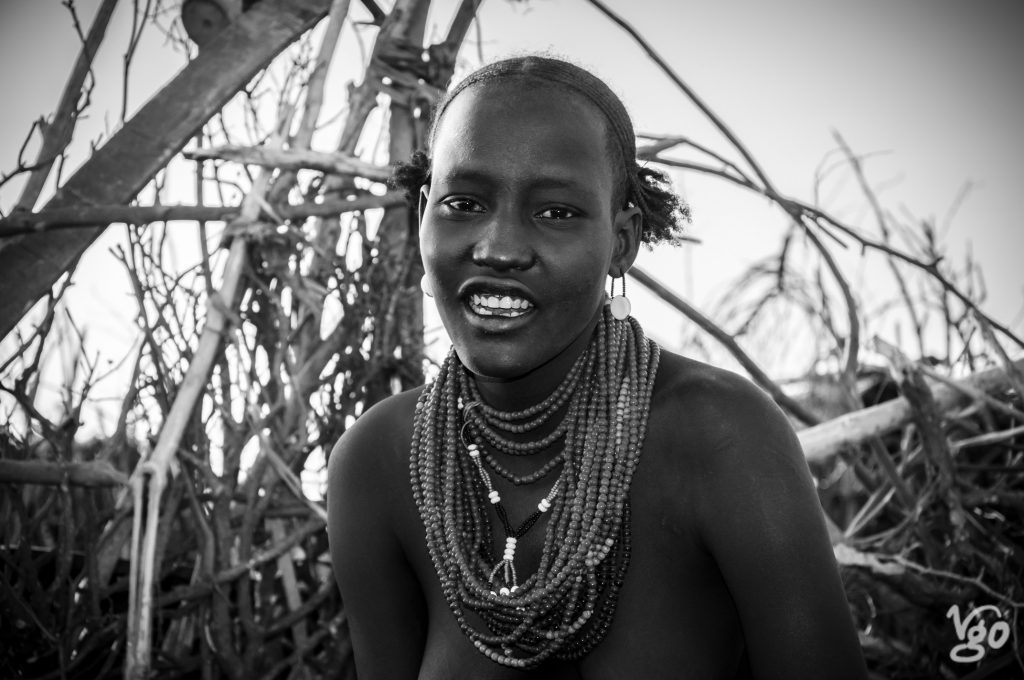
Ethiopia’s Southern Nations, Nationalities, and Peoples’ Region along with the area around Lake Turkana in northern Kenya is one of the candidates for being the cradle of humankind, as some major discoveries that have been made here suggest. Since it is also a region with an incredible diversity in tribal cultures, it has been referred to as a (live) museum of human cultures. I found traveling here truly exciting, though not free from major challenges. I don’t mean the usual challenges of logistics, food and health or such like, even though they are more pronounced here. Rather, traveling here has exposed me to significant questions concerning the role of tourism, and tourist-tribe members interaction in a region where ritual infanticide and the ritual whipping of women is practiced. I have written about this in a separate post. So here’s a first glance only.
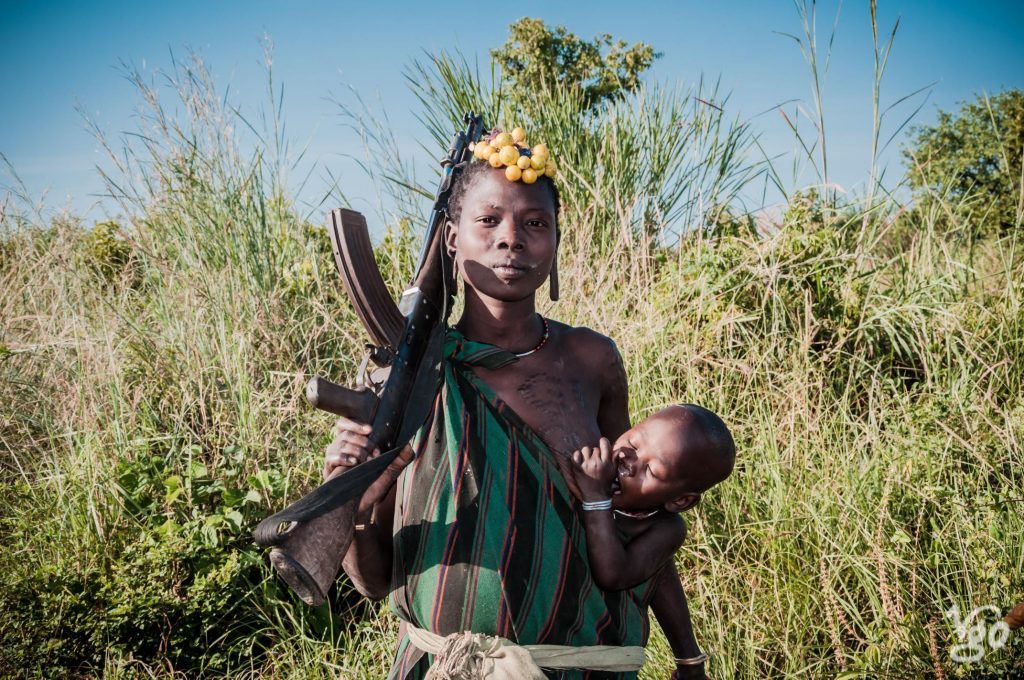
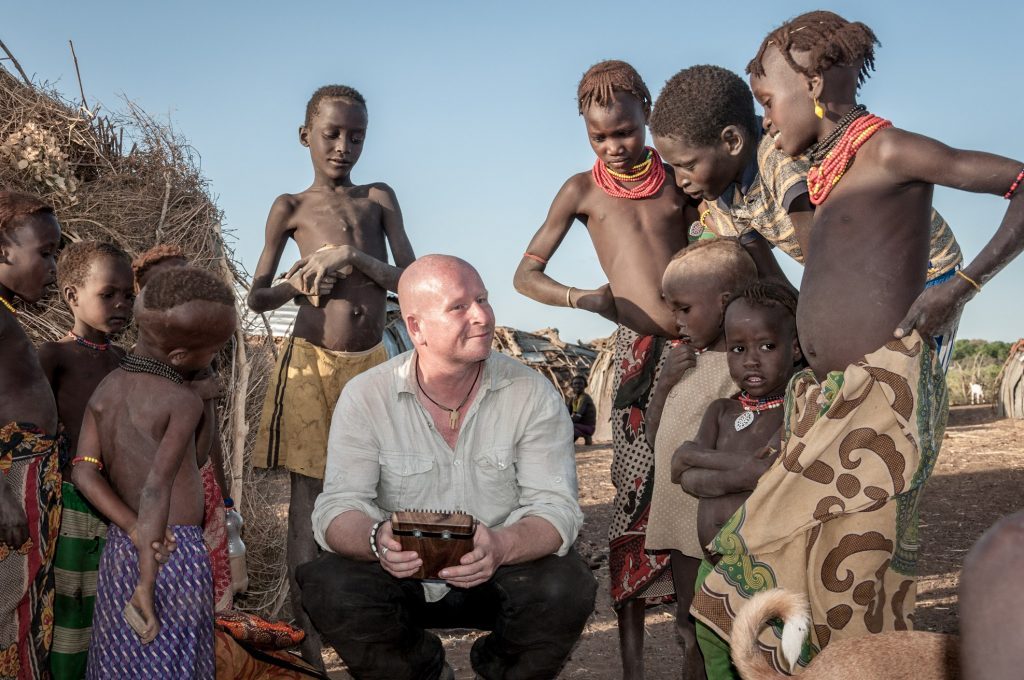
When I first arrived in South Africa, just before Christmas last year, a female friend picked me up from the airport. We had met only once, three years earlier, but had stayed in touch ever since. I was happy I could stay the night at hers and leave some of my stuff there until my return from a brief trip to Germany. In the car, on our way from the airport, we were catching up, also about my four months of travelling. In this context my friend mentioned that as much as she loves travelling, it is unimaginable for her to stay in a mixed dorm. Mixed in terms of gender. She does not have enough trust in men. She is a South African woman. That was my first personal, fortunately indirect, exposure to the tragedy of women in South Africa. And I have since realized how privileged I was when my friend allowed me to stay at her house.
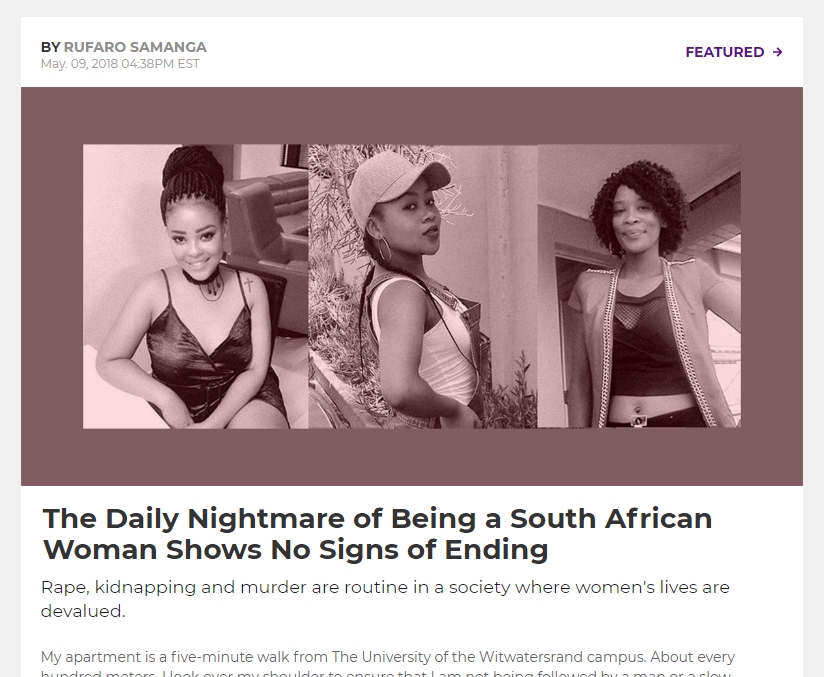
If you are planning to come here, you better stop reading now. What follows may sound very discouraging. Having said that, I would like to emphasize, as many in the tourism sector do, that most victims of capital crime in the country are poor, black people in rural areas. Besides, this country has a lot to recommend it, foremost of all its people. The high rate of femicide though is not part of that. Well, this post is not about you as a tourist or me, but about South African women as victims of toxic masculinity in their own country, and worse, in their own homes.
Now her, after Bra Willie and Bra Hugh the third South African icon to die while I am here. I am not in the position to write much about “Mama Winnie”, the Mother of the Nation, as Winnie Madikizela-Mandela is emphatically referred to. Her death has laid open the rifts that run through South African society – historical, racial, social, gender-related. Even in death, one might say, she polarizes, and thus her impressive legacy was not only praised but also denounced immediately after her passing, which is not just an act of highest indecency, it also echoes the rather tragic fate of a woman who found herself overshadowed by an iconic husband, belittled and vilified.
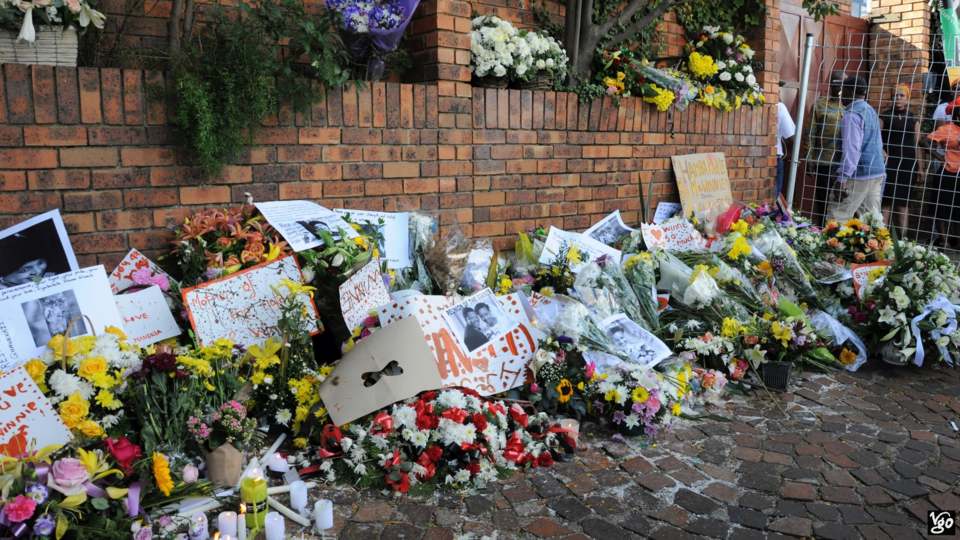 Yet her name and legacy will forever be remembered in every shouting of “Amandla – Ngawethu”, repeated a thousandfold over the two weeks after her passing, just like the thousands of “Long live!”, and most inspiringly in “She has not died, she multiplied”.
Yet her name and legacy will forever be remembered in every shouting of “Amandla – Ngawethu”, repeated a thousandfold over the two weeks after her passing, just like the thousands of “Long live!”, and most inspiringly in “She has not died, she multiplied”.
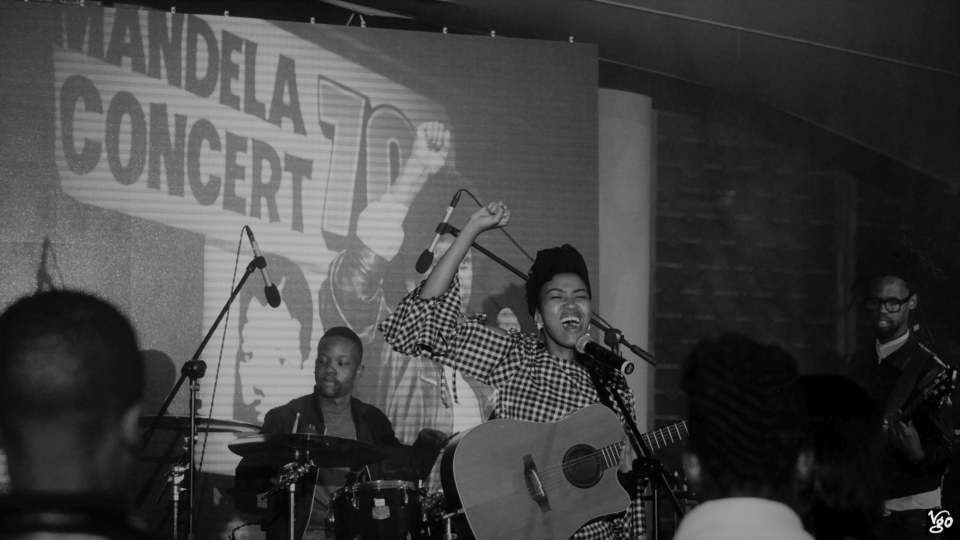
Berita
The last weekend offered two very different encounters with homosexuality, or rather: images of (male) homosexuality here in South Africa.
The first was during a brief meeting with artist Ayanda Mabulu in his studio at Victoria Yards. Ayanda was busy working on a new painting, but he had a few moments and shared his visions on how we should help change views of women in society (or so I recall). A nice guy, and good to talk to.
[There is an explicit image coming up as you scroll down. I’ve warned you.]